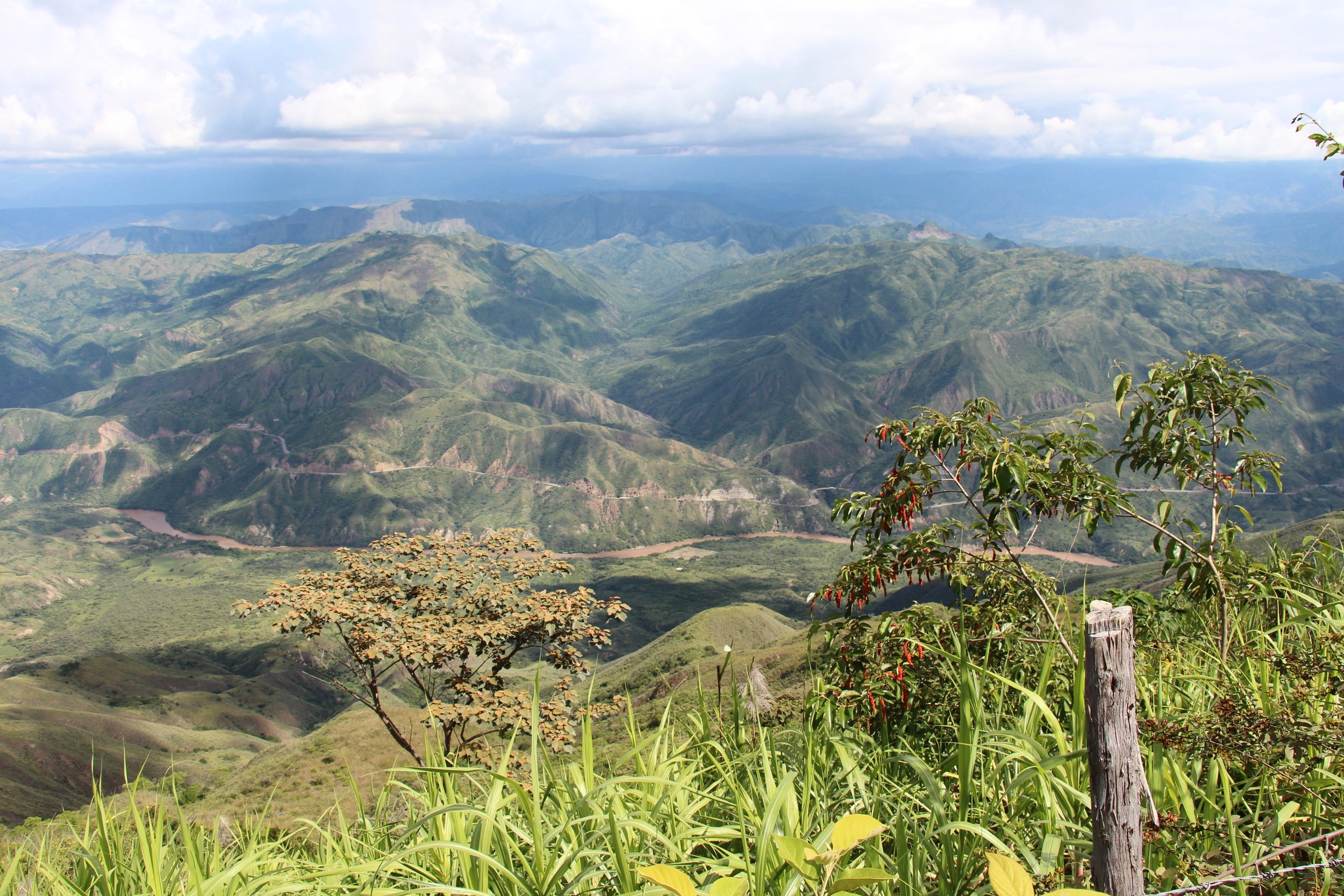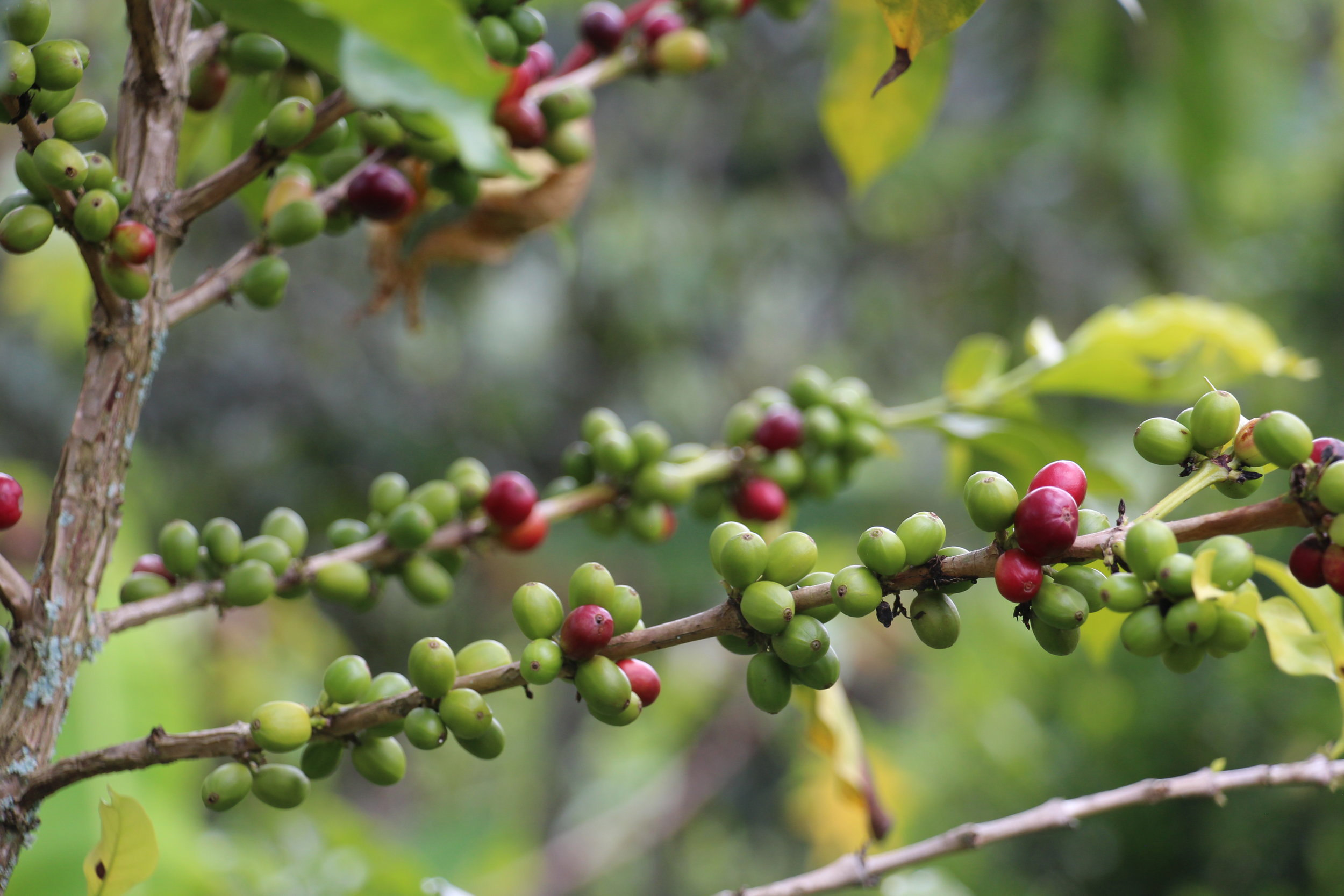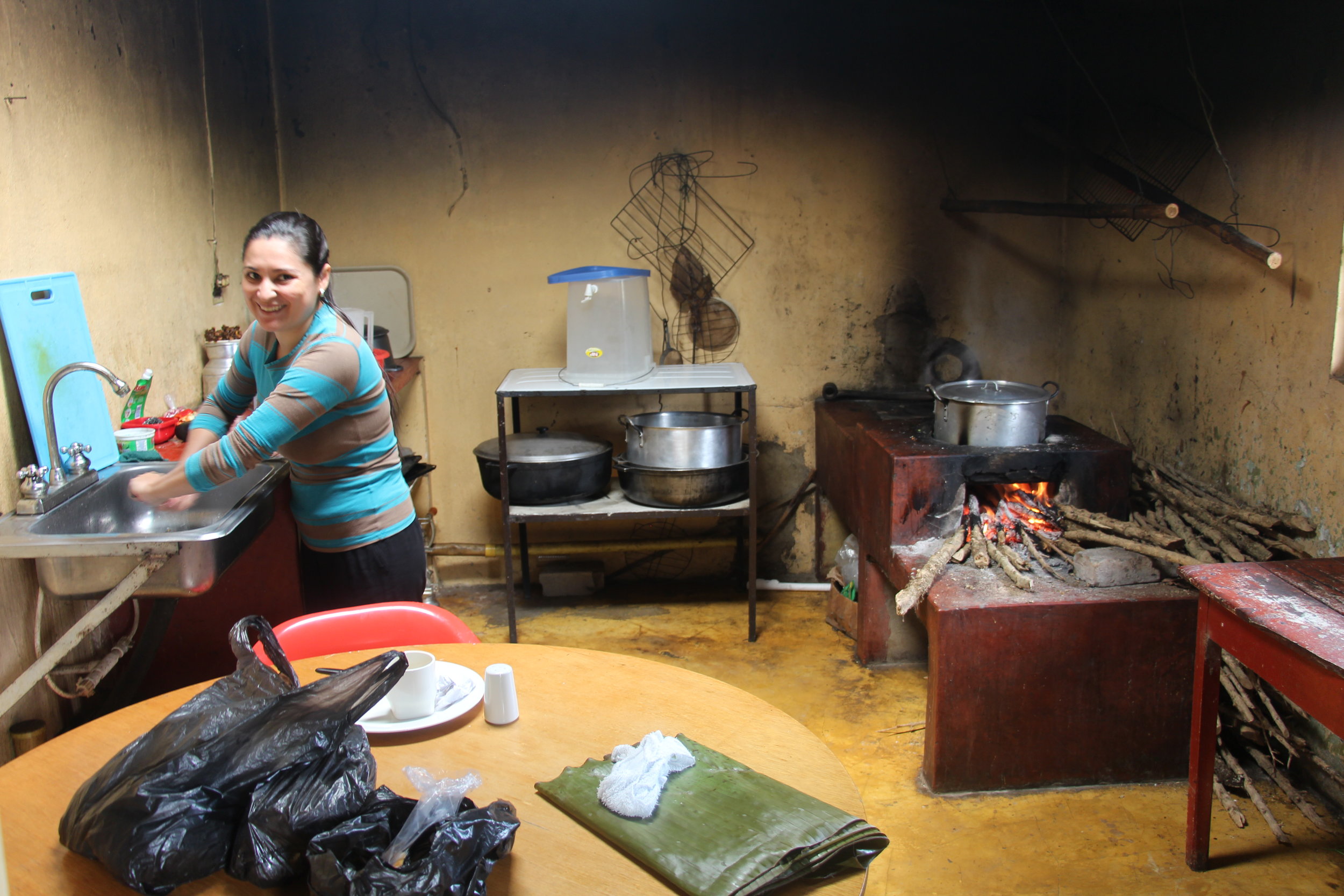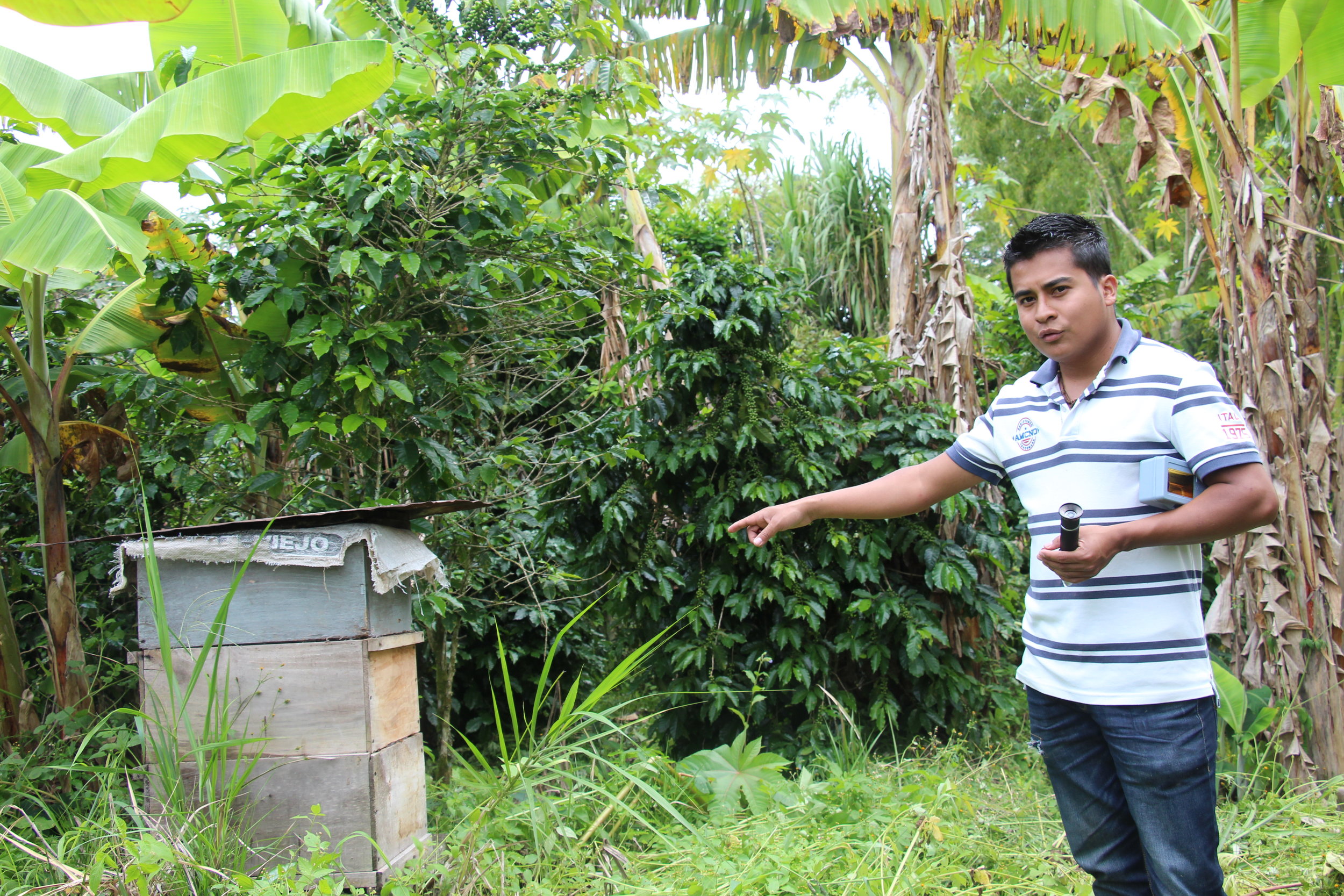Landing in Pasto airport is a challenge for even the best pilots. The runway in Colombia’s Nariño province sits on a narrow plateau, constantly buffeted by crosswinds that swirl across the Andes mountains.
What lies below - some of the highest-grown and finest coffees on the planet -makes it worth the bumpy approach. Indeed, altitude and coffee quality are inextricably linked.


In Nariño coffee can grow up to 2,300 meters, thanks to unique micro-climates and its proximity to the equator. Colder temperatures in the high mountains slow the beans’ development, resulting in more complex sugars and flavours in your daily cup.
Another factor influencing the taste profile of local coffees is the region’s fertile, volcanic soils. Nariño is dotted with active and dormant volcanoes that have blanketed the surrounding areas with mineral-rich lava and ash over the years.
Nestled at the base of the La Jacoba volcano near the village of La Union is a five-hectare farm that belongs to Frank Torres, his sister Yorgeny and brother Gabriel. We first met Frank on a Q Grader course in Bogota earlier this year, vowing to visit his farm one day.
The three siblings in their 20s are injecting new life into the family business, renovating crops and opening a restaurant beside the farm house, serving local dishes like ‘fiambre’ – a delicious mix of pork, chicken, rice, banana and potato, all wrapped in a banana leaf for added flavour.
Aware of the growing demand for high-quality ‘specialty’ coffees, Frank and his siblings are refining their farming techniques. Several coffee varieties, as well as bananas, lulo, mandarins and limes, all grow together on the farm, a mixed-cropping technique that helps provide shade, improve soil fertility and naturally control pests.
“It’s an opportunity to work on environmental conservation while improving the quality of our crop,” Frank says. “It’s hard to do, but not impossible. Impossible is travelling to the moon, at least for me.”
Technology is also helping. Frank uses a Brix meter to measure the sugar level of coffee cherries, useful information when deciding when to harvest and how best to process the beans.
If you’re in Colombia and want to learn more, go and visit yourself (elranchodema@gmail.com). The farm is open to tourists. We recommend it!



After taking the bus back to Pasto airport, we headed for one final coffee inside the main terminal to steady our nerves before take-off. There we discovered the very knowledgeable Diuver Obando who makes excellent espresso at the Caffeto café.
“Narino is known for its acidic coffees with fruit notes,” said the young barista while working the machine. “They’re different to others in Colombia.”





